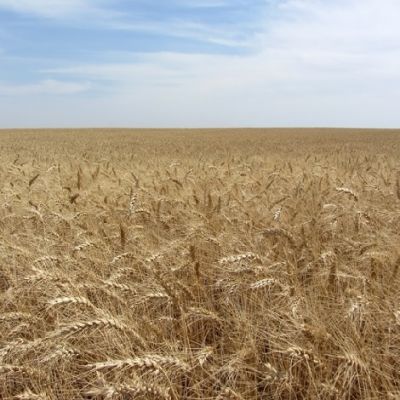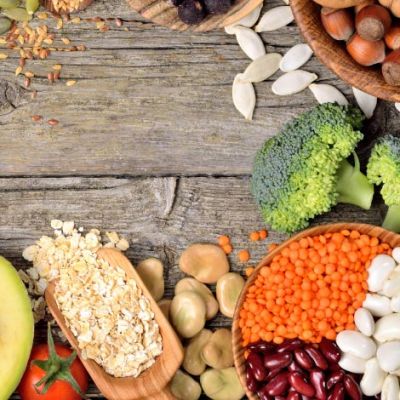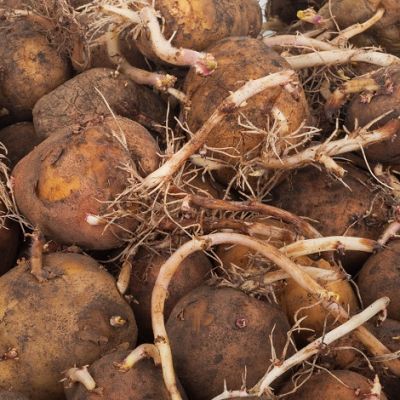Toggle Nav 

Search
Our Sites
Visit our other sites
-
Fapas - Proficiency Testing
Globally recognised provider of proficiency tests, running over 400 tests annually across an extensive range of matrices and analytes
-
Great Crested Newts Testing
A single sample taken by an ecologist at any time during the newt breeding season can determine their presence or absence, saving you time and money
Fera's technical staff have many years experience carrying out pesticide residue testing, providing services across the food supply chain. Our aim is to understand and meet the demands of the customer and to assist with any upcoming and emerging issues.

What test do I need?
If you are unsure what kind of tests you need, we can help you diagnose your sample using our extensive analysis techniques.
-
 Chlorate and Perchlorate AnalysisChlorate is an effective herbicide due to the oxidative destruction of the plant tissue with release of oxygen. Chlorate was banned in herbicides in 2010 and since it's use is not permitted the maximum residue level (MRL) of 0.01 mg/kg applies. Perchlorate is a similar contaminate sometimes occurring naturally, most abundantly in deposits of Sodium Nitrate in northern Chile.
Chlorate and Perchlorate AnalysisChlorate is an effective herbicide due to the oxidative destruction of the plant tissue with release of oxygen. Chlorate was banned in herbicides in 2010 and since it's use is not permitted the maximum residue level (MRL) of 0.01 mg/kg applies. Perchlorate is a similar contaminate sometimes occurring naturally, most abundantly in deposits of Sodium Nitrate in northern Chile. -
 GlyphosateFera is the UK National Reference Laboratory for the analyses of pesticide residues. We employ leading experts in the field to verify that food complies with regulatory requirements, ensuring consumers are not exposed to unacceptable levels of pesticide residues.
GlyphosateFera is the UK National Reference Laboratory for the analyses of pesticide residues. We employ leading experts in the field to verify that food complies with regulatory requirements, ensuring consumers are not exposed to unacceptable levels of pesticide residues. -
 Trinexapac-ethylThis procedure is for determination of trinexapac-ethyl in a wide range of cereal matrices. The methodology both identifies (screen) and quantifies residues within your food sample using state of the art liquid chromatography tandem mass spectrometry (LC-MS/MS) equipment.
Trinexapac-ethylThis procedure is for determination of trinexapac-ethyl in a wide range of cereal matrices. The methodology both identifies (screen) and quantifies residues within your food sample using state of the art liquid chromatography tandem mass spectrometry (LC-MS/MS) equipment. -
 Maleic HydrazideMaleic hydrazide is a plant growth regulator used to suppress growth and to induce dormancy in some crops. It is mostly used to reduce sprouting in stored crops, such as potatoes, onions, shallots and garlic.
Maleic HydrazideMaleic hydrazide is a plant growth regulator used to suppress growth and to induce dormancy in some crops. It is mostly used to reduce sprouting in stored crops, such as potatoes, onions, shallots and garlic. -
 DithiocarbamatesThis procedure is for determination of dithiocarbamates in a wide range of unprocessed foods, sugar and infant formula. We can potentially test for processed foods - please get in touch. The methodology both identifies (screen) and quantifies residues within your food sample using state of the art liquid chromatography tandem mass spectrometry (LC-MS/MS) equipment.
DithiocarbamatesThis procedure is for determination of dithiocarbamates in a wide range of unprocessed foods, sugar and infant formula. We can potentially test for processed foods - please get in touch. The methodology both identifies (screen) and quantifies residues within your food sample using state of the art liquid chromatography tandem mass spectrometry (LC-MS/MS) equipment. -
 EthephonThis procedure is for determination of Ethephon in red grapes. The methodology both identifies (screen) and quantifies residues within your food sample using state of the art liquid chromatography tandem mass spectrometry (LC-MS/MS) equipment.
EthephonThis procedure is for determination of Ethephon in red grapes. The methodology both identifies (screen) and quantifies residues within your food sample using state of the art liquid chromatography tandem mass spectrometry (LC-MS/MS) equipment. -
 Quaternary Ammonium Compounds (QACs)This procedure is for determination of Quaternary Ammonium Compounds or QACs, as these are more commonly known. The methodology both identifies presence (screen) and quantifies residues within your food sample using state of the art liquid chromatography tandem mass spectrometry (LC-MS/MS) equipment.
Quaternary Ammonium Compounds (QACs)This procedure is for determination of Quaternary Ammonium Compounds or QACs, as these are more commonly known. The methodology both identifies presence (screen) and quantifies residues within your food sample using state of the art liquid chromatography tandem mass spectrometry (LC-MS/MS) equipment.

Copyright © 2025 Fera Science Limited (“Fera”). All rights reserved.
Registered Office: York BioTech Campus, Sand Hutton, York, YO41 1LZ. Registered in England & Wales, No 9413107. VAT Registration ID: GB 456401013
For further information about how Fera uses any personal data collected from you, please see our Privacy Notice at www.fera.co.uk/privacy-policy.
For further information about how Fera uses any personal data collected from you, please see our Privacy Notice at www.fera.co.uk/privacy-policy.




